No products in the cart.
Victorian Gothic Vambrace (88114)
Gothic Vambrace, Arm defense, Victorian copy 19th C.
provenance: Private collection,
previously owned by Patrique Gigues, former curator at the Louvre Museum medieval collection (1962-1984); then acquired by Darksword Armory owner, Eyal Azerad.
Condition: Very good
This exquisite piece is a Victorian copy of an earlier Gothic-style arm kit including vambrace, rerebrace, and couter. Like so many Victorian reproductions the original has been replicated in exacting detail right down to the rivets and hinges.
The vambrace and rerebrace both have the attractive ridges of classical Gothic plate, flowing seamlessly into the lines of the armor. The couter is broad and fluted with a raised point at the elbow, providing not only protection but a potentially dangerous weapon in its own right –someone in Gothic plate is never unarmed. Despite its age the armor has only a light patina in some areas, retaining its luster and sheen – clearly, this piece was well cared for in its life as an antique. An attractive centerpiece for any collection, this Gothic arm armor comes to us from a prestigious collection and is now available for purchase for one fortunate collector.
USD1,400.00
1 in stock


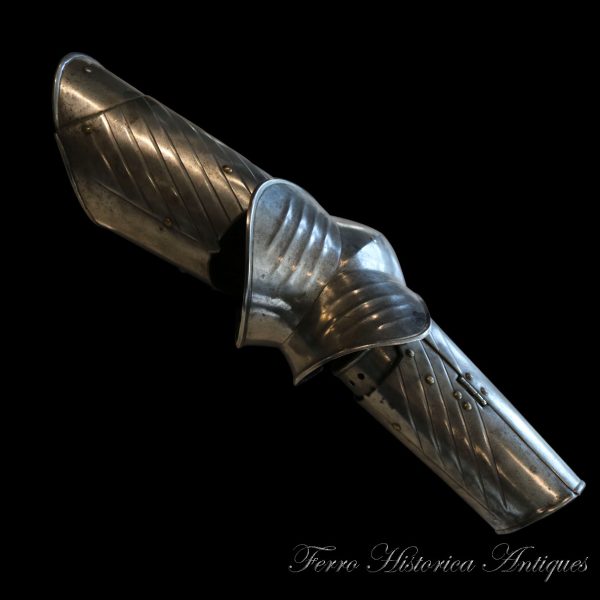
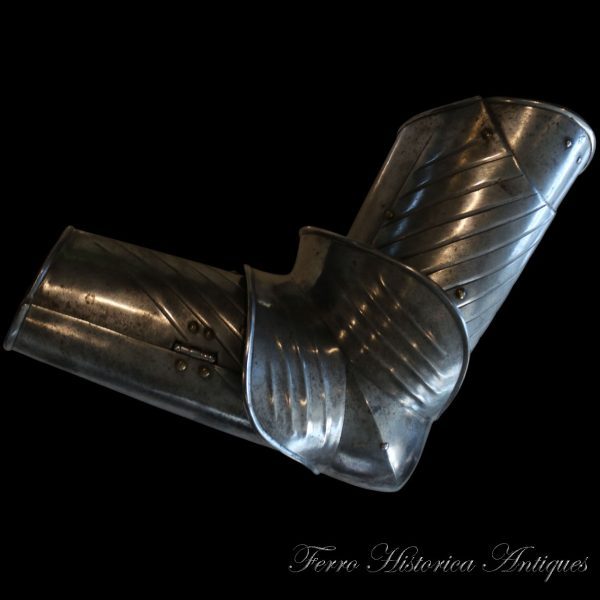
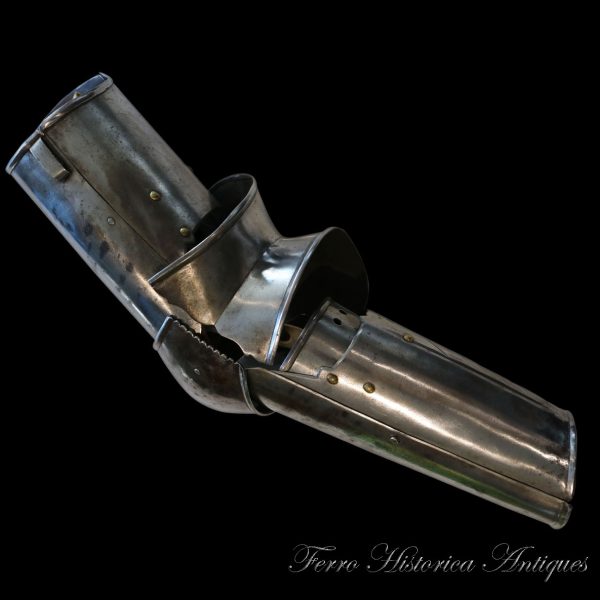
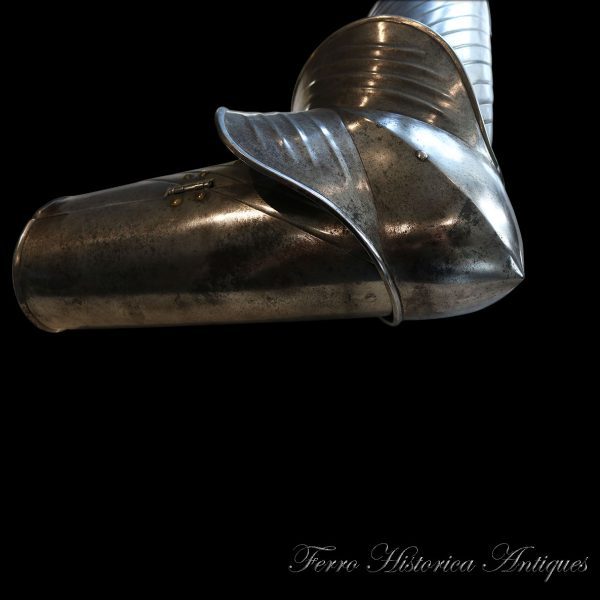
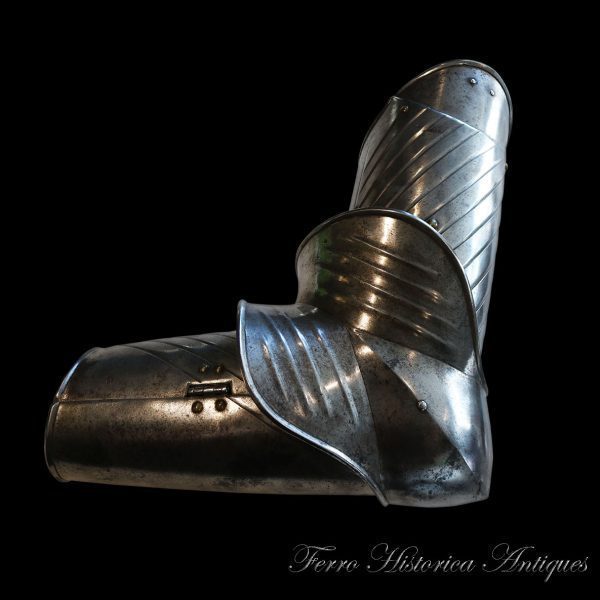
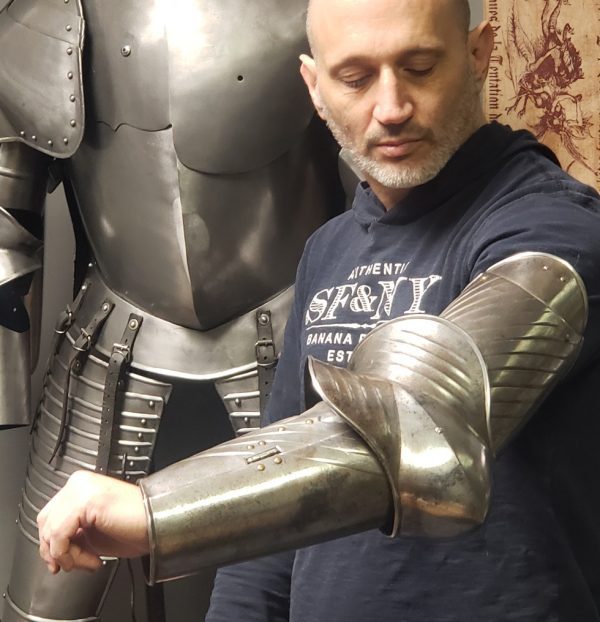
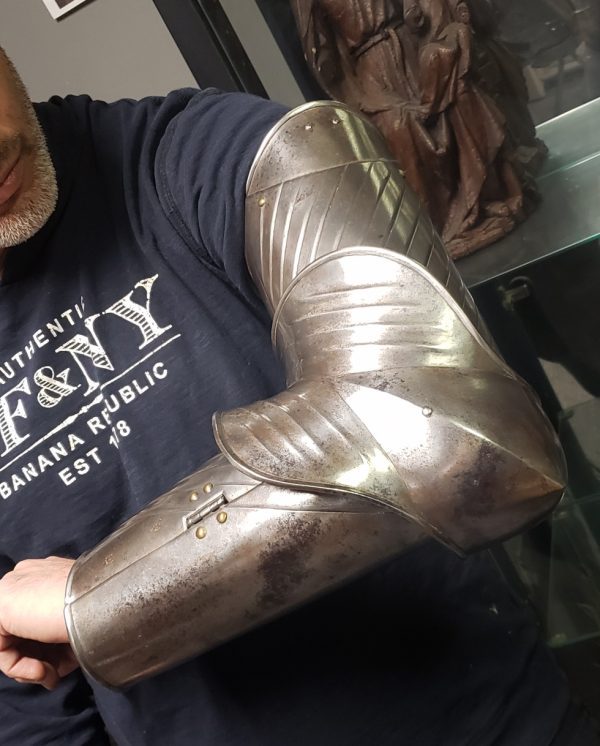

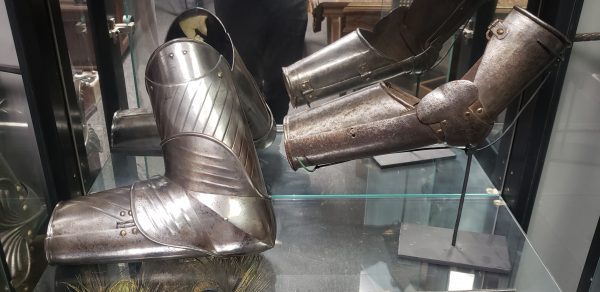
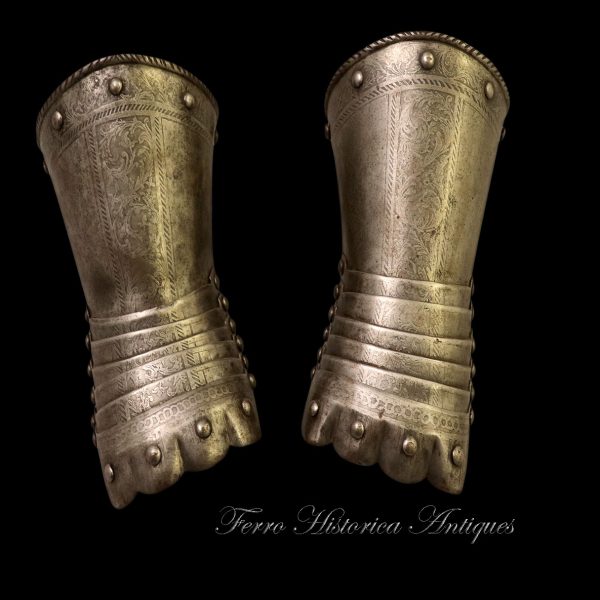
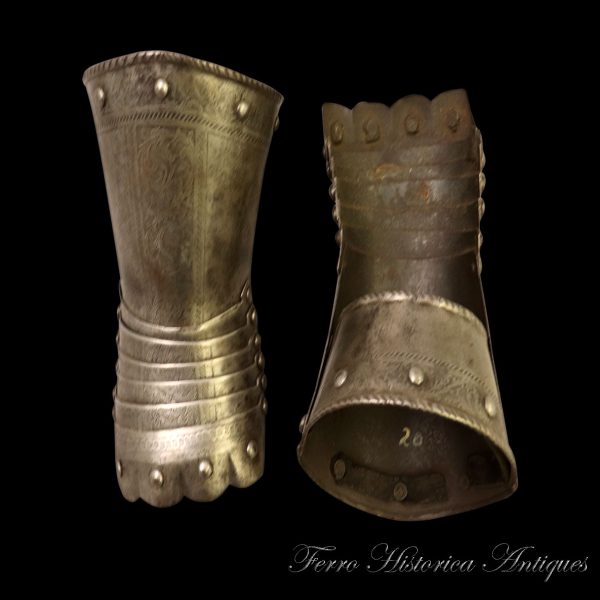
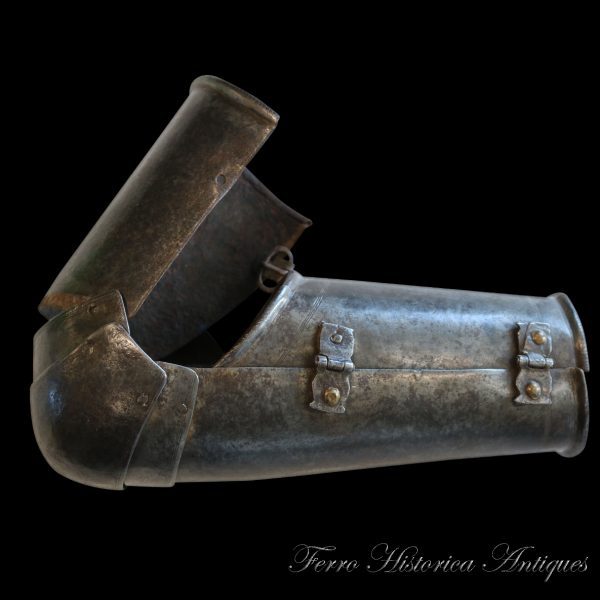
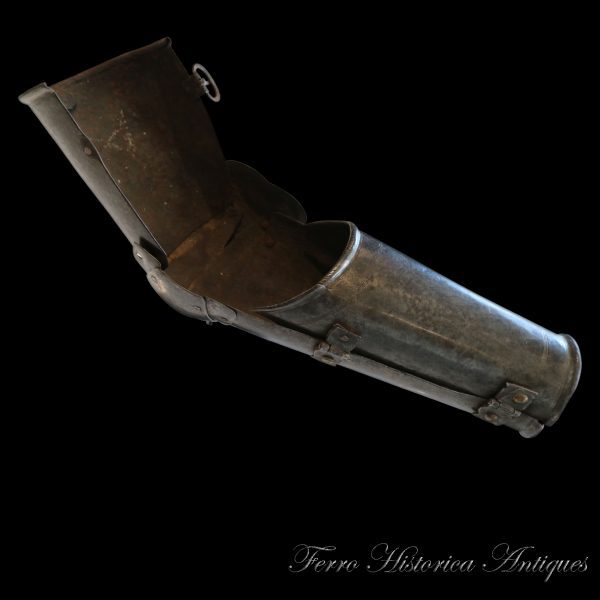
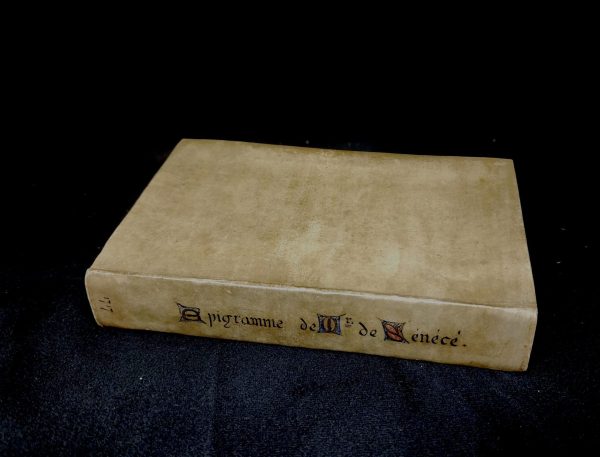
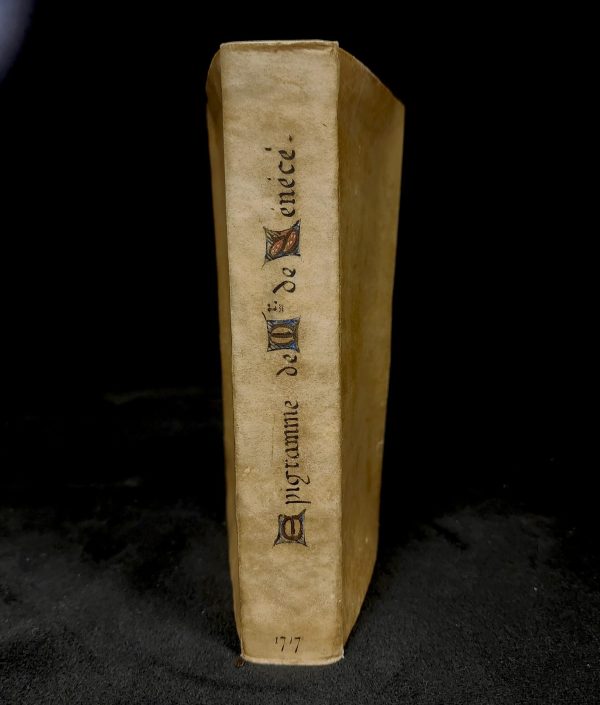
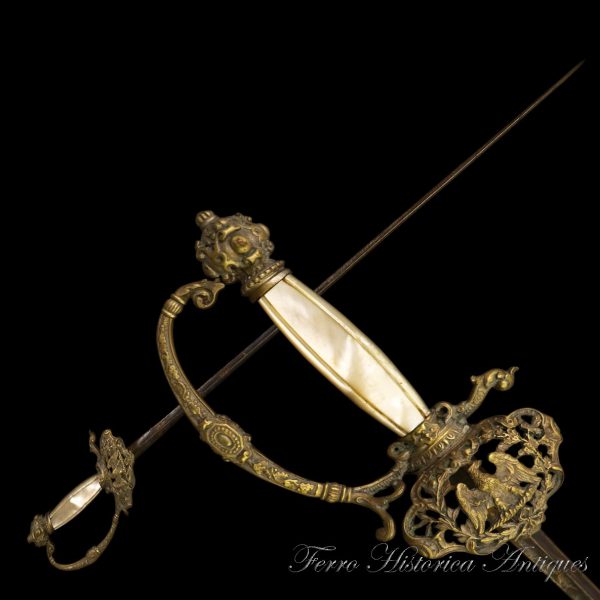
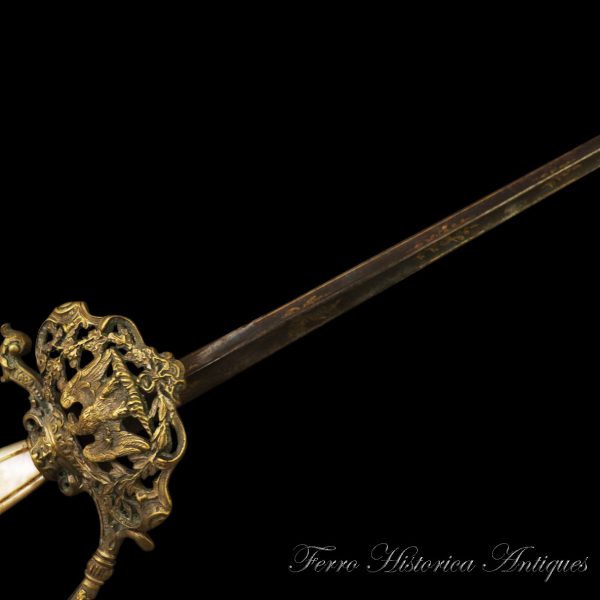
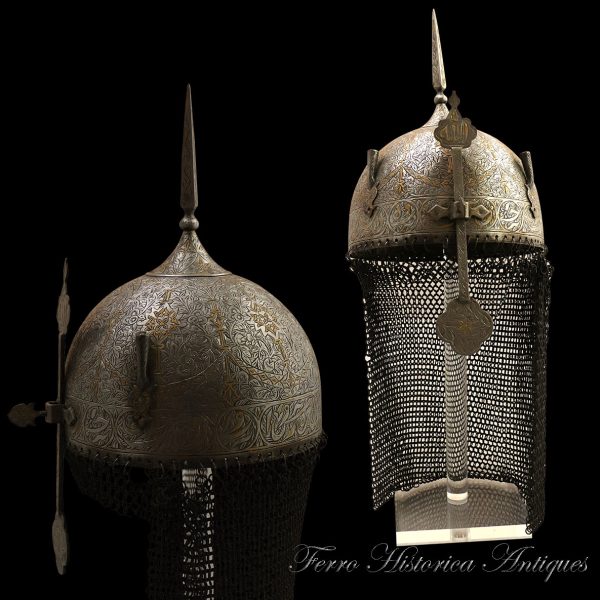
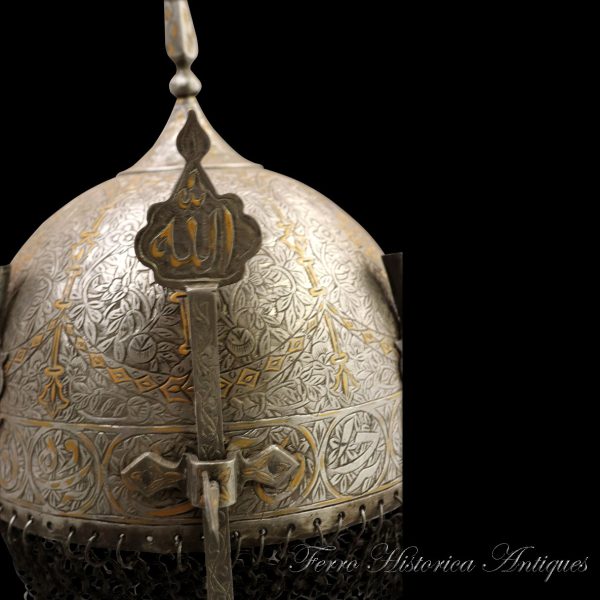
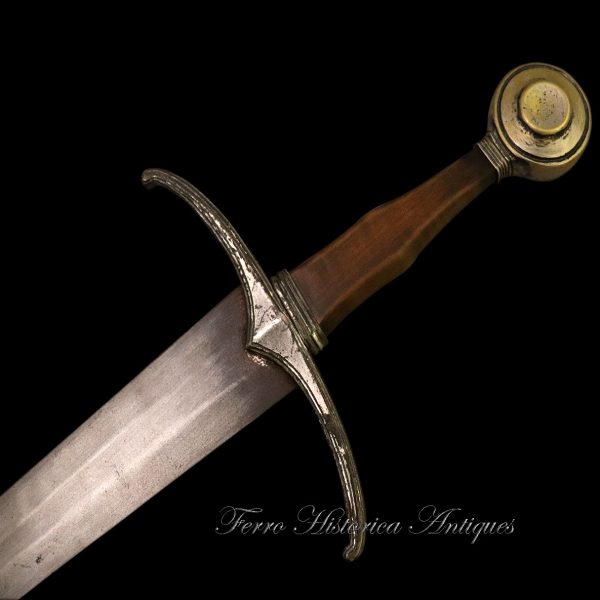
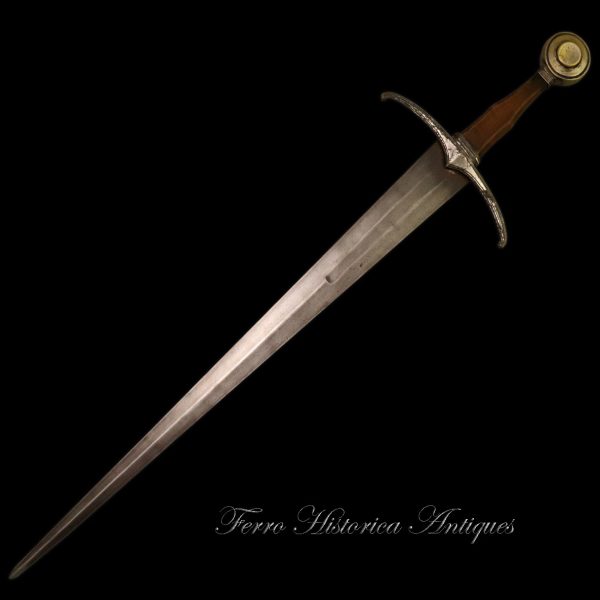
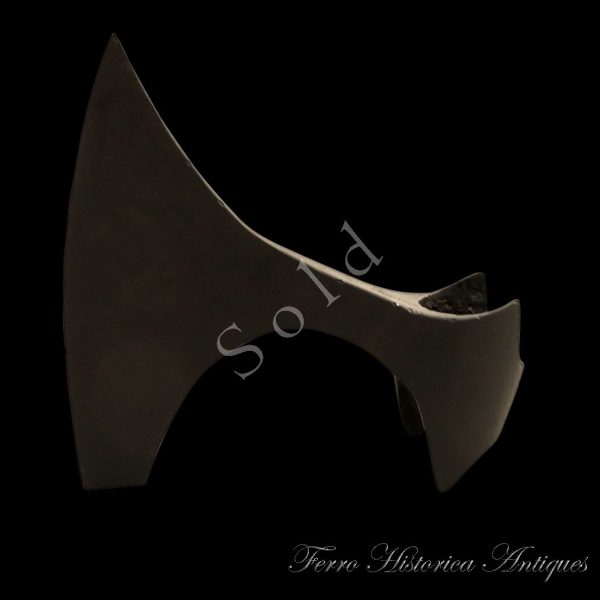
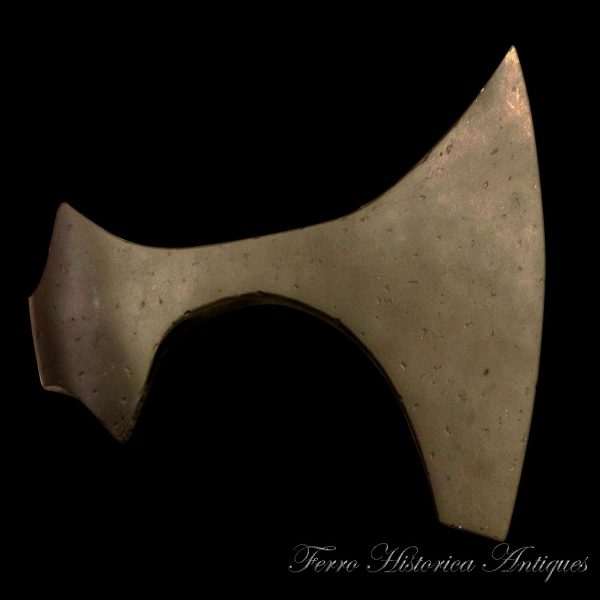


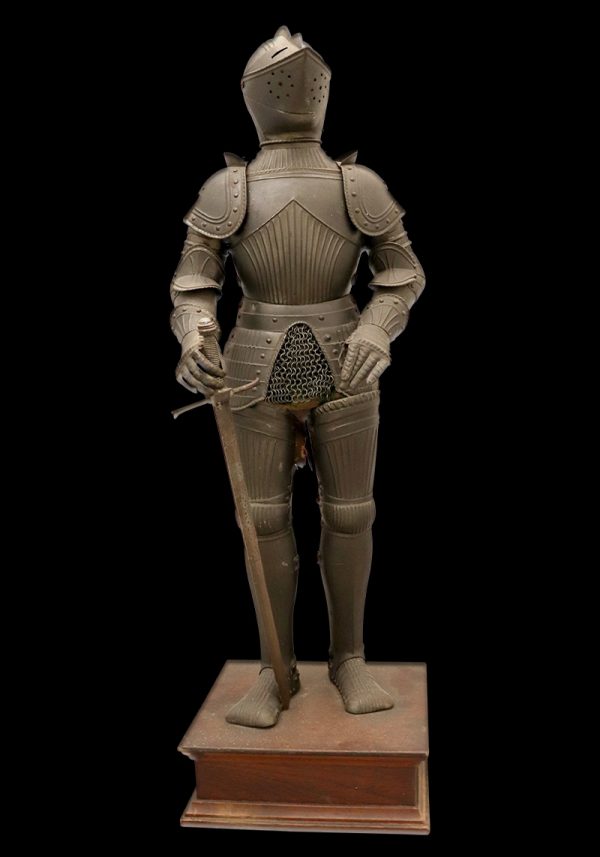
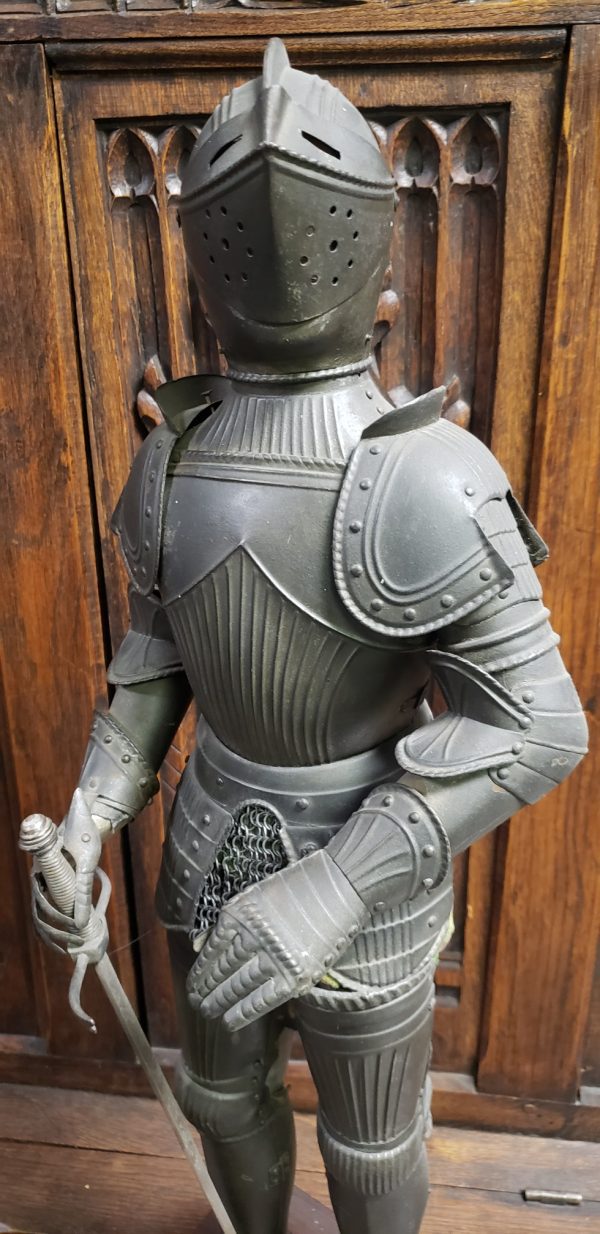
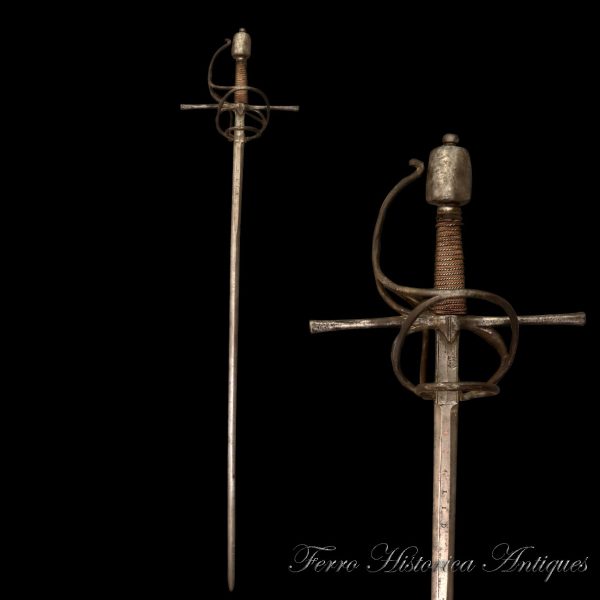
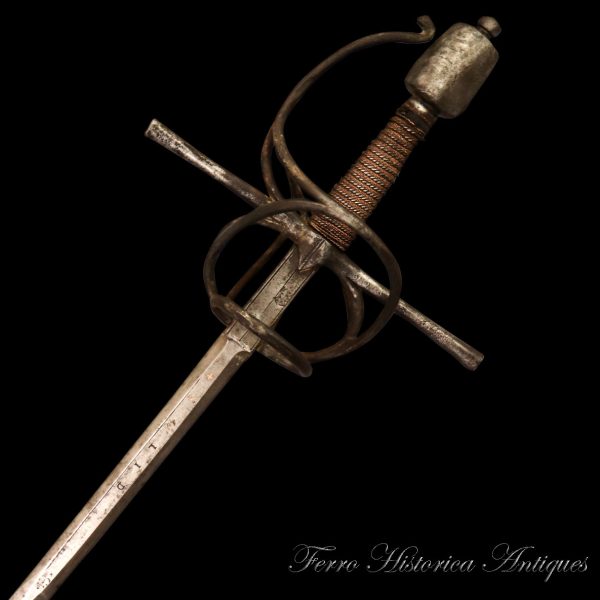
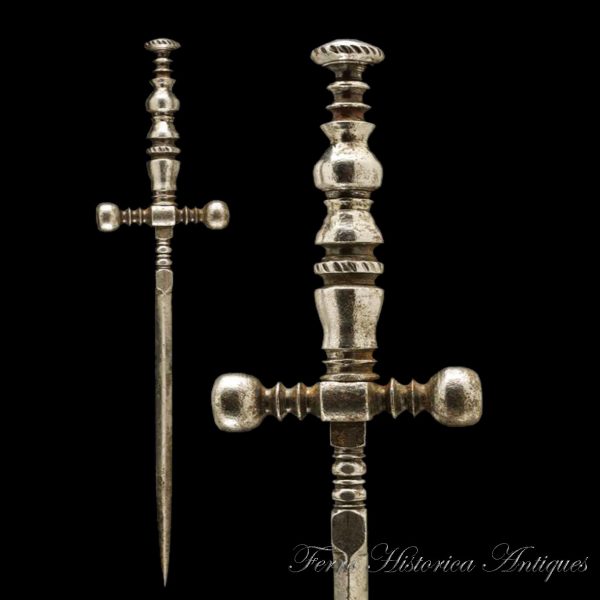
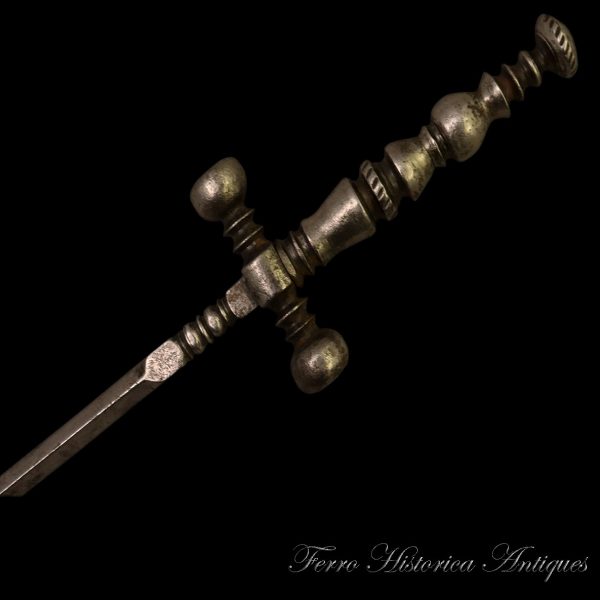
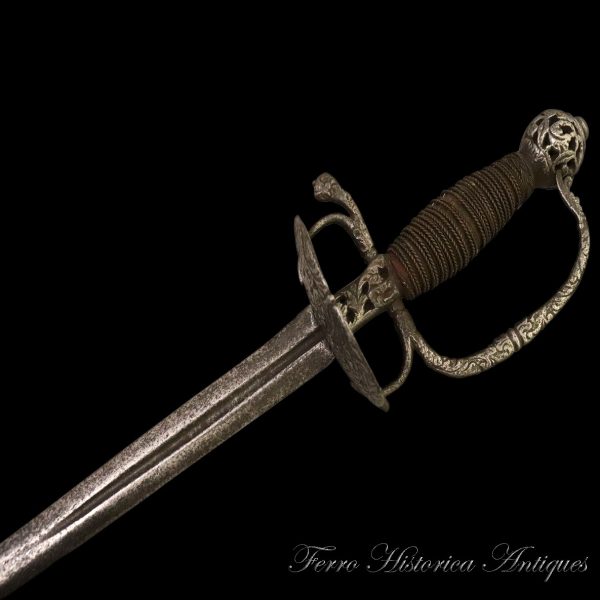
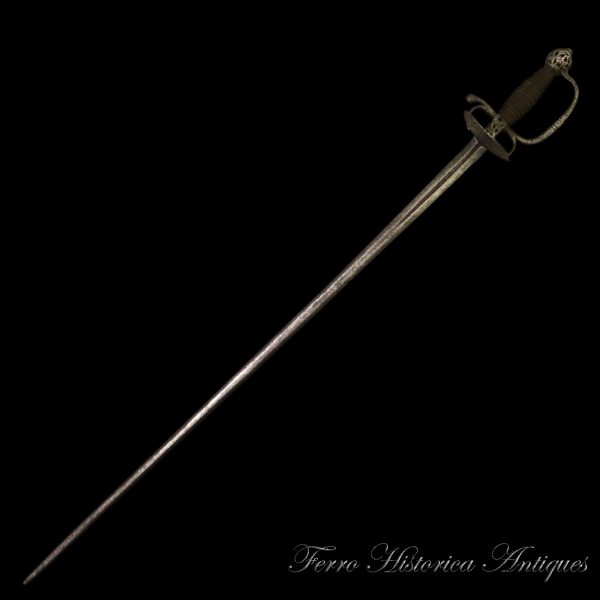
Reviews
There are no reviews yet.